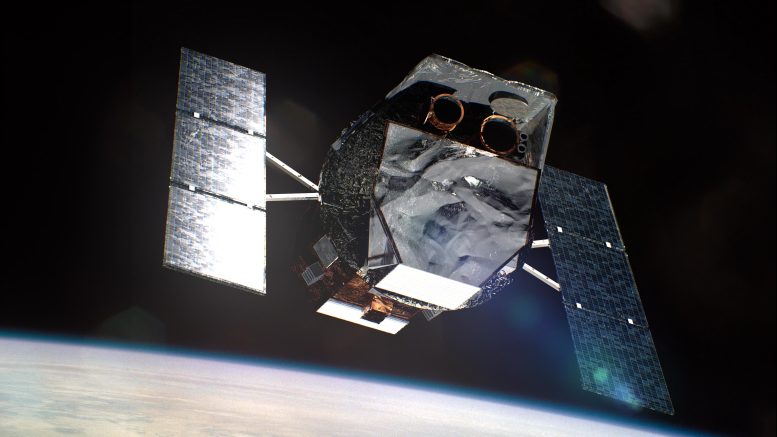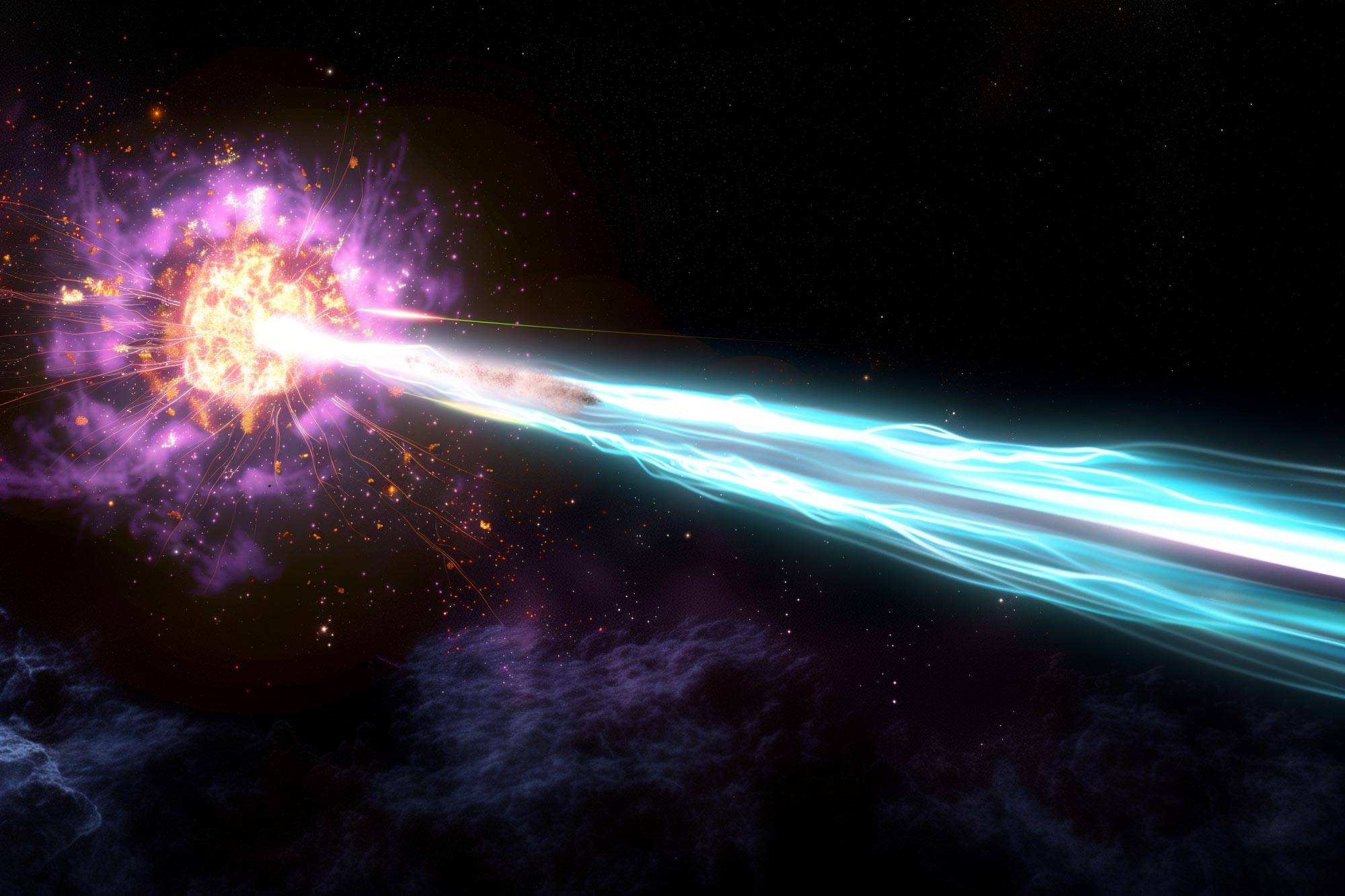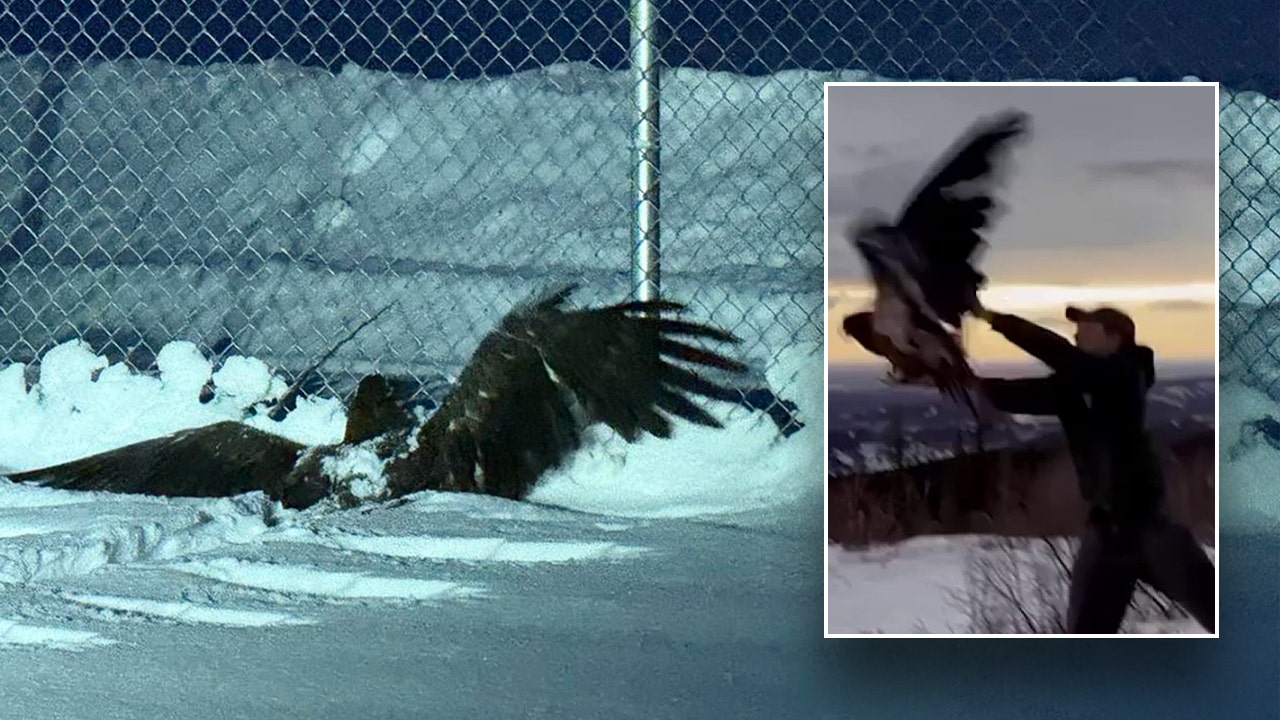Scientists have applied advanced machine learning techniques to significantly enhance the precision of distance measurements for gamma-ray bursts (GRBs). By combining data from NASA’s Swift Observatory with machine learning models, they have enabled more accurate estimations of GRB distances, leading to improved understanding of cosmic phenomena and paving the way for future astronomical discoveries. Credit: SciTechDaily.com
Machine learning revolutionizes distance measurement in astronomy, providing precise estimates for gamma-ray bursts and aiding in cosmic exploration.
The advent of artificial intelligence (AI) has been hailed by many as a societal game-changer, as it opens a universe of possibilities to improve nearly every aspect of our lives.
Astronomers are now using AI, quite literally, to measure the expansion of our universe.
Pioneering Precision in Cosmic Measurements
Two recent studies led by Maria Dainotti, a visiting professor with UNLV’s Nevada Center for Astrophysics and assistant professor at the National Astronomical Observatory of Japan (NAOJ), incorporated multiple 
Swift, illustrated here, is a collaboration between NASA’s Goddard Space Flight Center in Greenbelt, Maryland, Penn State in University Park, the Los Alamos National Laboratory in New Mexico, and Northrop Grumman Innovation Systems in Dulles, Virginia. Other partners include the University of Leicester and Mullard Space Science Laboratory in the United Kingdom, Brera Observatory in Italy, and the Italian Space Agency. Credit: NASA’s Goddard Space Flight Center/Chris Smith (KBRwyle)
Advancing Gamma-Ray Burst Research With AI
Dainotti and her teams combined GRB data from AI Boosts Limits of Deep-Space Observation
In one study, Dainotti and Aditya Narendra, a final-year doctoral student at Poland’s Jagiellonian University, used several machine learning methods to precisely measure the distance of GRBs observed by the space Swift UltraViolet/Optical Telescope (UVOT) and ground-based telescopes, including the Subaru Telescope. The measurements were based solely on other, non distance-related GRB properties. The research was published on May 23 in the Answering Puzzling Questions on GRB Formation
A third study, published on February 21 in the Astrophysical Journal Letters[3] and led by Stanford University astrophysicist Vahé Petrosian and Dainotti, used Swift X-ray data to answer puzzling questions by showing that the GRB rate – at least at small relative distances – does not follow the rate of star formation. “This opens the possibility that long GRBs at small distances may be generated not by a collapse of massive stars but rather by the fusion of very dense objects like neutron stars,” said Petrosian. With support from NASA’s Swift Observatory Guest Investigator program (Cycle 19), Dainotti and her colleagues are now working to make the machine learning tools publicly available through an interactive web application. References:
DOI: 10.3847/2041-8213/ad4970
DOI: 10.3847/1538-4365/ad1aaf
DOI: 10.3847/2041-8213/ad2763




















Discussion about this post